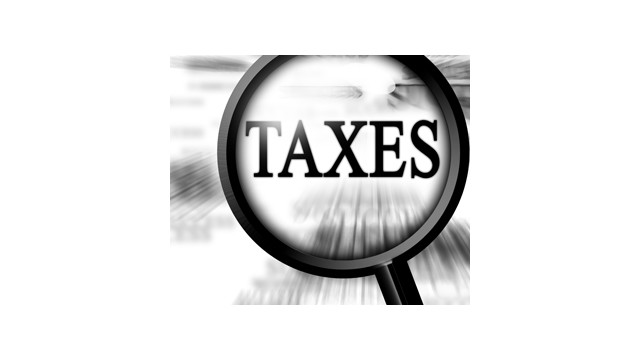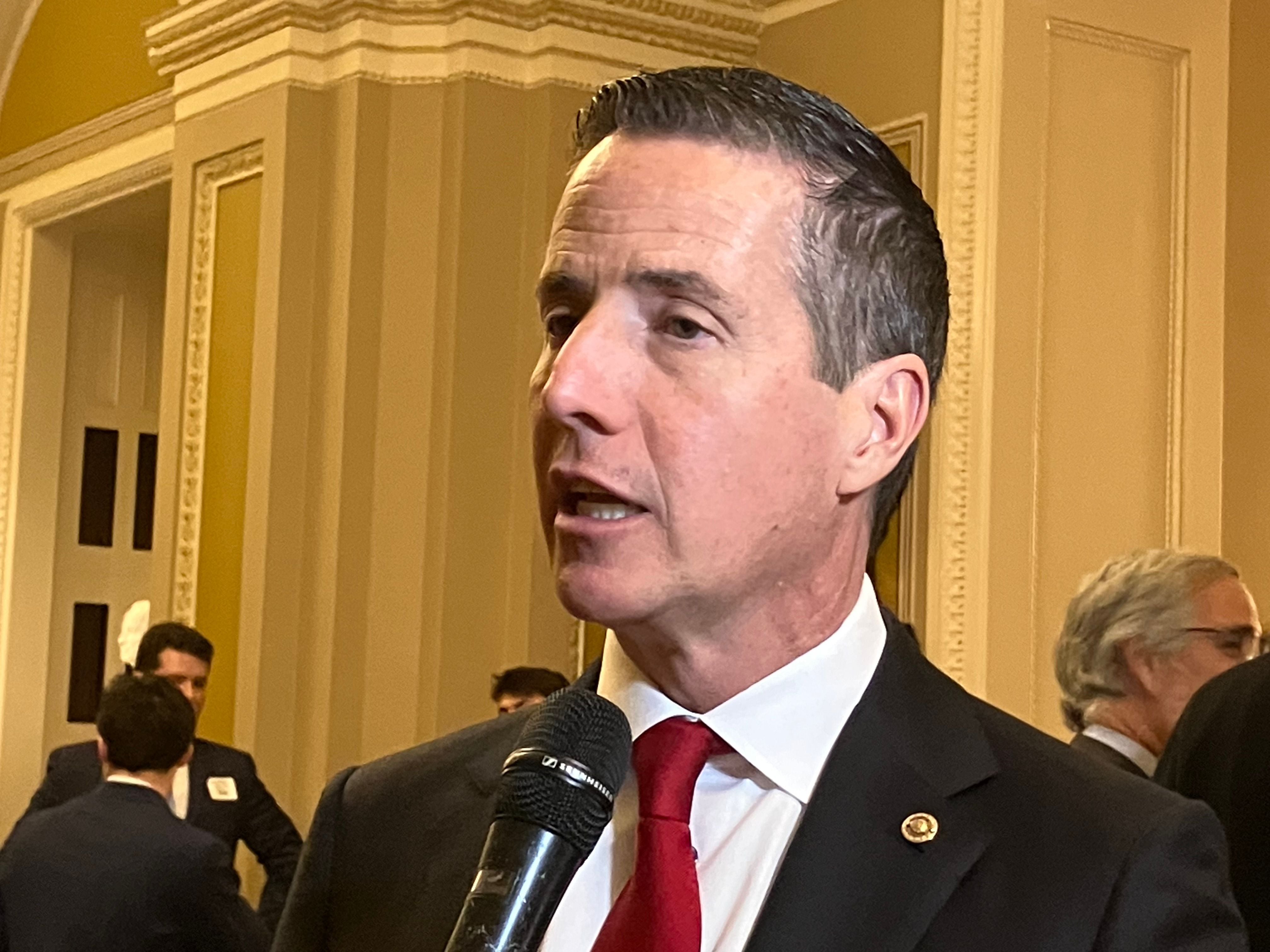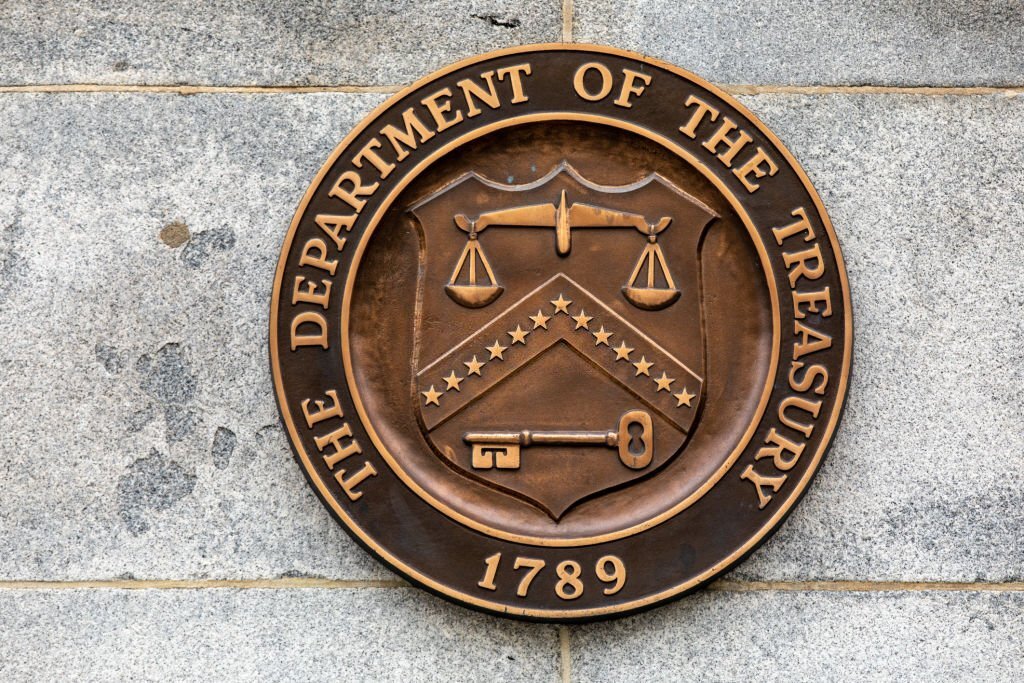By Scott Ibbotson.
Section 174 of the Internal Revenue Code underwent significant changes in recent years, with the Tax Cuts and Jobs Act (TCJA) requiring mandatory capitalization and amortization of Section 174 “research and expenditure” costs for tax years beginning on or after Jan. 1, 2022. For many businesses, this may mean a significantly higher tax bill.
Read on for an overview of the changes, what types of costs they apply to, and what questions remain regarding how they should be applied, among other considerations for taxpayers and their advisors.
Background
Section 174 was enacted in 1954 to allow businesses to deduct the costs of research and experimental expenditures. For the most part, Section 174 has remained unchanged for the better part of 70 years. During this period, taxpayers have generally not had a reason to specifically identify 174 costs, because they already received favorable treatment either as an ordinary business expense deduction or, if included in costs of goods sold (COGS), as a reduction of gross receipts.
In 2017, Congress passed the TCJA. Although the majority of the TCJA provisions were effective beginning in 2018, the changes to Section 174 were not effective until the 2022 tax year. In a radical departure from historical tax treatment – as well as broader tax policy – taxpayers must now identify these costs – and capitalize them – for tax year 2022 and beyond. The inability of taxpayers to immediately deduct these costs creates significant additional taxable income, resulting in a significant tax bill for many businesses.
Effect
The new provisions mandate five-year amortization of domestic Section 174 research and experimental (R&E) costs, and 15-year amortization of foreign R&E costs. These expenses include labor costs, supply costs, amounts paid to third-party contractors, and overhead costs (rent, utilities, maintenance, depreciation, etc.) that are incident to the R&E.
If your wheels are turning, then yes, you read the last sentence correctly: Businesses may no longer immediately expense their costs for employees engaged in R&E activities. Here is an example: A small software development company has $3 million in revenue and $2.5 million in expenses, of which $2 million are employee costs for programmers. Historically, the company would have been taxed on the $500,000 of actual income. Now, however, it will be taxed on $2.3 million in income. (The amortization is a half-year convention, so only 10% may be taken as a deduction in Year 1.) If the company is a pass-through with one shareholder, that shareholder will owe roughly $800,000 in tax despite net book income of only $500,000.
What is a 174 cost, anyway?
Based on current guidance, the definition of what constitutes a Section 174 cost is alarmingly broad. The definition comes not from the Internal Revenue Code but from the Code of Federal Regulations (CFR). The CFR defines these costs as “expenditures incurred in connection with the taxpayer’s trade or business which represent research and development costs in the experimental or laboratory sense.” The regulation proceeds to state that “[t]he term generally includes all such costs incident to the development or improvement of a product.”
As one might imagine, defining the term “research or experimental expenditures” as “research and development costs” adds very little clarity. However, that second statement that generally all costs incident to product development constitute Section 174 costs makes clear that the net is wide, especially considering that the regulation defines the term “product” to include “any pilot model, process, formula, invention, technique, patent, or similar property.”
The broad yet amorphous definition of Section 174 costs is the source of significant angst among taxpayers and tax practitioners alike. Many taxpayers are not aware of the extent to which their activities constitute R&E, which may result in undue risk. Any taxpayer that develops a new or improved product, process, or software is, by definition, engaged in R&E and must adhere to the new capitalization requirements.
It should be noted that although the Federal Regulations provide insight, they have not been updated in the five years since the TCJA was enacted. The regulations for Section 174 in many places still refer to R&E costs as a current expense or as a deduction.
Approaches for taxpayers
Upon recovering from the shock that salaries paid to employees may no longer be currently deductible, taxpayers frequently ask, “What do I do now?” Based on discussions with clients, other practitioners, and affected taxpayers in various industry groups, below are a few different approaches that are being taken for tax year 2022 and beyond:
- Do nothing (for now). Some taxpayers are extending their returns and are choosing to not consider the changes to Section 174 when making extension payments. They are hoping that Congress will delay the implementation of the Section 174 changes or repeal them altogether. Because “research and experimental expenditures” is defined in the CFR rather than the Internal Revenue Code, taxpayers in this tranche are also looking to the Treasury Department to issue guidance that may narrow the definition of the costs to be considered. In any event, these taxpayers must be made aware that although it is possible that a change may happen and be retroactive, it seems unlikely at this point. In determining if this is the best approach for a taxpayer, the cost of potential penalties and interest for the underpayment should certainly be considered.
- Accept. Some taxpayers have resigned themselves to the fact that their income tax will be significantly higher than it would have been under previous law and are making their tax payments accordingly. Some are fortunate enough to have the cash on hand to be able to make these payments. Others are taking out loans or making distributions from their businesses to pay the tax bill.
- Hedge. Some taxpayers choose to split the difference. Perhaps they make an extension payment of only a portion of their 2022 taxes attributable to the Section 174 change. Perhaps they make the full estimated tax payment but are not considering Section 174 when making estimated tax payments for 2023.
There are not many good options when it comes to an increased tax bill, particularly when the relative tax increase has no relationship to book income.
Clarification needed
There have been several attempts to repeal, or delay implementation of, this provision. The most notable attempt may have been in the Build Back Better Act, but relief has also been included in several other pieces of legislation that Congress did not enact. A fix has also been introduced as a standalone bill on more than one occasion. Most recently, it was introduced as Senate Bill 866, which was referred to the Senate Finance Committee on March 16, while a similar bill, House Bill 2673, was introduced in the House on April 18 and referred to the House Ways and Means Committee. However, there has been little movement on these bills since they were introduced.
Due to the uncertainty surrounding the future of Section 174, as well as the lack of clarity regarding Section 174 as it currently stands, practitioners understandably face a major dilemma in advising clients.
For example, what specifically constitutes an expenditure that is “incident” to the development or improvement of a product? Certainly, direct labor would be included. Arguably, an allocation of rent attributable to the portion of a building that is dedicated to an R&D department should be incident to the development, as should utilities that serve that department. Implicitly, if rent is a 174 cost, then so would be property insurance. At what point do the costs become too tenuously related to the R&E activities to constitute a Section 174 cost?
Another issue relates to the IP rights of the research. Consider this example: Company A pays Company B $100 to design and manufacture a widget, and Company A retains all rights to the widget design and the manufacturing process. Company B, meanwhile, incurs $70 in costs to perform the work. Which company must capitalize their costs for this work? Technically speaking, both companies are required to capitalize and amortize their costs under current law.
This may be juxtaposed with a similar issue that may arise when calculating a Section 41 R&D credit. To prevent two companies from claiming the same costs for the same research for the purpose of the R&D credit, Section 41 contains “funded research” provisions. For costs to be eligible under Section 41, the taxpayer must both retain rights to the results of the research and bear the economic risk of its possible failure. The result is that only one party – and sometimes neither party – may claim the costs as R&E. Section 174 does not contain any analogous provisions. The result is a situation in which a company that is simply performing work for hire must capitalize and amortize its costs.
This is just a small sample of the myriad issues that taxpayers and practitioners encounter when attempting to comply with Section 174. Formal guidance is needed to address many issues created by the changes.
In conclusion
Tax practitioners must dutifully review their clients’ activities to advise whether they are now impacted by Section 174. Although extending returns is a decent option for now, it seems unlikely that this will all go away before fall filing season. Whether through an act of Congress or through Treasury Department guidance, changes or clarification are certainly needed to permit taxpayers to reasonably comply with the tax code.
====
With a focus on Research and Development Tax Credits, Scott Ibbotson is a Manager in the National Tax Practice of leading advisory, assurance, and tax firm CohnReznick.
Thanks for reading CPA Practice Advisor!
Subscribe Already registered? Log In
Need more information? Read the FAQs
Tags: Income Tax, Taxes




